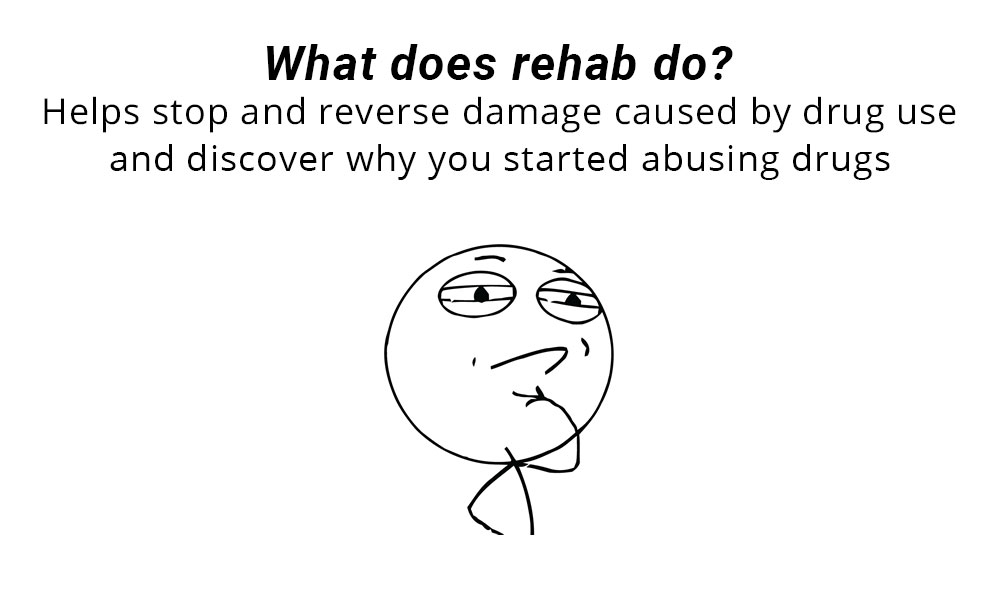Originally opened as early as the 1840s the first rehabs were actually sober houses opened to separate addicted individuals away from temptation and the general population.
These original centers functioned on the idea that if they could keep the sufferer away from drugs and alcohol long enough, then the problem would resolve itself and the person would return to normal.
As years have passed we have learned more about alcoholism and drug addiction and our understanding of the problem has led to many changes in the solutions offered to individuals and their families.
In 1956 The American Medical Association classified alcoholism as a disease. Alcoholism is a chronic problem. However, if managed properly, damage to the brain can be stopped and to some extent reversed. The disease is characterized by symptoms including an impaired control over alcohol, compulsive thoughts about alcohol, and distorted thinking. Alcoholism can also lead indirectly, through excess consumption, to physical dependence on alcohol, and diseases such as cirrhosis of the liver.
Modern drug and alcohol rehabilitation centers work to manage and reverse the damage caused by excessive drinking and drug use to the sufferer’s brain. And, most importantly, work on what many believe to be the most dangerous symptom of alcoholism: distorted thinking. Many times an individual will hear someone in recovery say “I don’t have a drinking problem I have a thinking problem.” This statement refers to the idea that an addicted individual’s thinking is so pervasive that the thought pattern itself is actually a bigger problem than the substance abuse.
Drinking and drug use are a symptom of a greater illness. You will also often hear recovering individuals say “Drinking wasn’t my problem it was my solution.” Again, this short statement speaks volumes about alcoholism, drug addiction, and modern rehab.
Rehab enables the sufferer to use group and individual therapy to dig deeper than just the drinking and drug use and get down to causes and conditions.
Modern rehab isn’t meant to separate individuals from the general population in hopes that isolation will solve the problem, rather it is designed to take away distractions that affect the individuals recovery. Although for detox and early inpatient rehab it is best that the individual have some monitoring and stricter boundaries seeing that part of the disease of alcoholism manifests itself in compulsive thinking that can lead to destructive actions.
Modern rehab slowly re-integrates an individual back into life as the patient develops the tools to handle a life that seemed so impossible before recovery. “We are going to know a new freedom and a new happiness. We will not regret the past nor wish to shut the door on it. We will comprehend the word serenity and we will know peace. No matter how far down the scale we have gone, we will see how our experience can benefit others. That feeling of uselessness and self-pity will disappear. We will lose interest in selfish things and gain interest in our fellows. Self-seeking will slip away. Our whole attitude and outlook upon life will change. Fear of people and of economic insecurity will leave us. We will intuitively know how to handle situations which used to baffle us.” (Alcoholics Anonymous Page 84)




